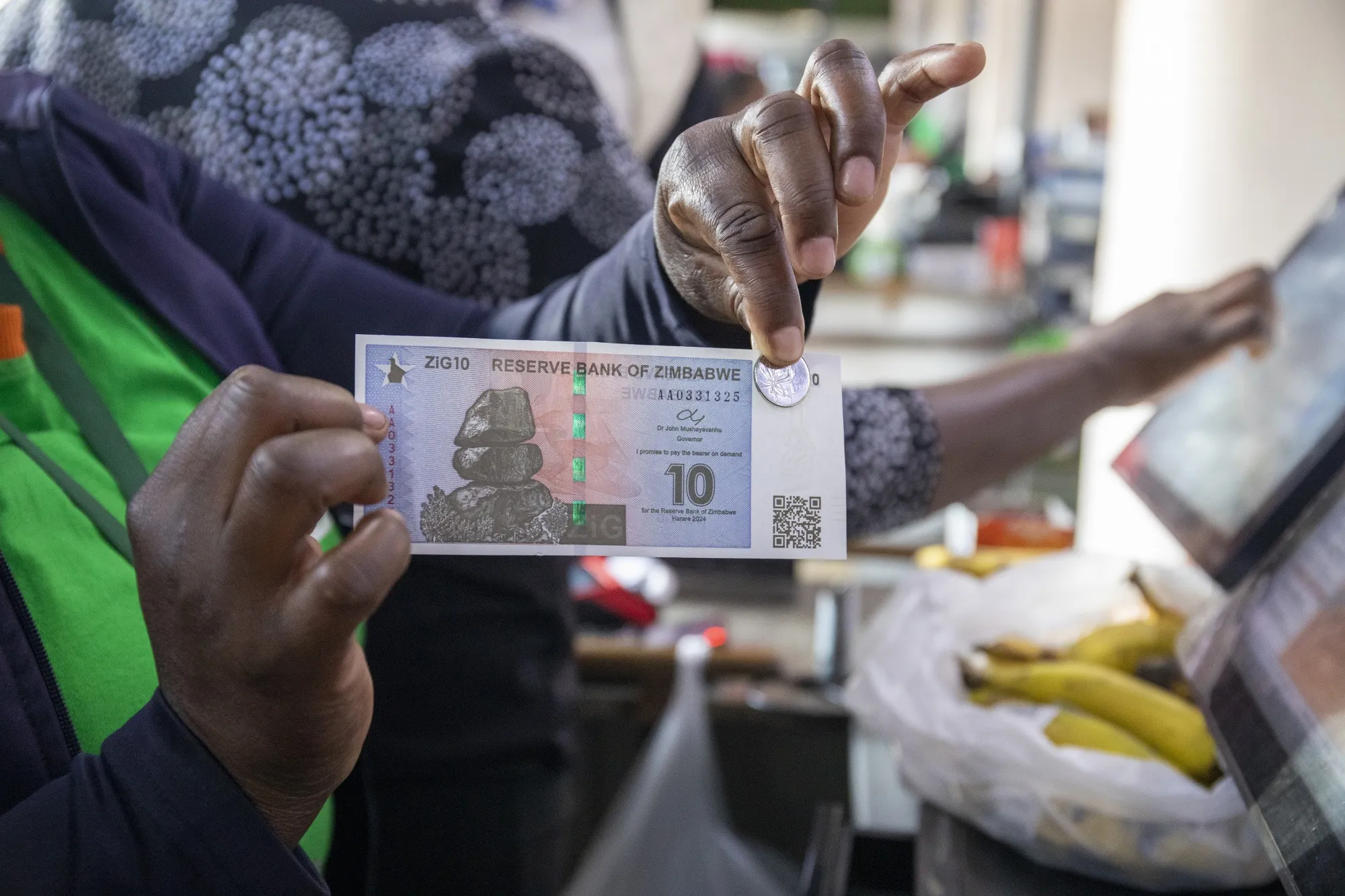
The growth reflects renewed investor interest amid improving economic fundamentals and the relative stability of the Zimbabwe’s new gold-backed currency.
- Foreign participation in Zimbabwe’s stock market increased significantly in Q2 2025, reaching 26.53% of total trades.
- Trades in value terms surged 153.94% to ZiG 743.6 million ($27.7 million) due to investor confidence.
- Introduction of Zimbabwe’s gold-backed currency, ZiG, supported economic stability and trade improvement.
Foreign participation in Zimbabwe’s stock market climbed sharply in the second quarter of 2025, reflecting renewed investor interest amid improving economic fundamentals and the relative stability of the country’s new gold-backed currency.
According to the Zimbabwe Stock Exchange (ZSE)’s latest quarterly newsletter, foreign investor activity rose to 26.53% of total trades in Q2, up from 15.39% in the previous quarter.
In value terms, foreign trades jumped 153.94% to ZiG 743.6 million ($27.7 million), compared to ZiG 292.8 million in Q1.
DON’T MISS THIS: List of African countries turning to gold to shield against currency depreciation
While these figures remain below the over 40% participation seen in the early 2010s, they mark a notable rebound following years of capital flight driven by policy unpredictability, runaway inflation, and currency instability, according to Reuters.
Gold production boosts confidence
The renewed interest follows the April launch of the Zimbabwe Gold (ZiG), a new currency backed by gold reserves and other foreign assets, which has so far held its value.
The ZiG recorded its biggest single-day gain against the U.S. dollar this year, buoyed by a sharp increase in gold production and stronger foreign currency reserves.
DON’T MISS THIS: Top 10 African country with the highest foreign exchange and gold reserves in 2025
The boost comes as gold production rose nearly 46% in the first half of the year to 20,104 kilograms, according to Fidelity Refineries, the country’s sole gold refinery. June alone saw a 63% year-on-year surge in output.
Authorities now hope the gold-backed ZiG will eventually take over from the US dollar, which has served as a parallel currency in the country since 2009.
The International Monetary Fund (IMF) also expressed support for the ZiG, stating that it hopes to see the currency evolve into Zimbabwe’s sole legal tender under a potential staff-monitored program.
However, the Fund continues to urge authorities to maintain strict fiscal and monetary discipline.
DON’T MISS THIS: Top 10 African countries with the strongest currencies in July 2025
Total market turnover on the ZSE increased 53.14% in Q2 to ZiG 1.49 billion, with the top five listed companies accounting for over 86% of equity turnover and 81% of total turnover.
Despite the increase in trading activity, the total market value dipped 3.08% to ZiG 62.64 billion, and the ZSE All Share Index fell 3.91% to close the quarter at 197.23 points.
Meanwhile, on the Victoria Falls Stock Exchange (VFEX), a U.S. dollar-denominated bourse designed to attract offshore capital, turnover reached $15 million during the quarter.
However, market capitalisation edged down to $1.25 billion from $1.29 billion in Q1. Average foreign participation on the VFEX stood at 18.73%.
Analysts say the uptick in foreign activity, rising turnover, and recent governance reforms, including the ZSE’s own self-listing earlier this month, could set the stage for a stronger recovery in the second half of the year.












